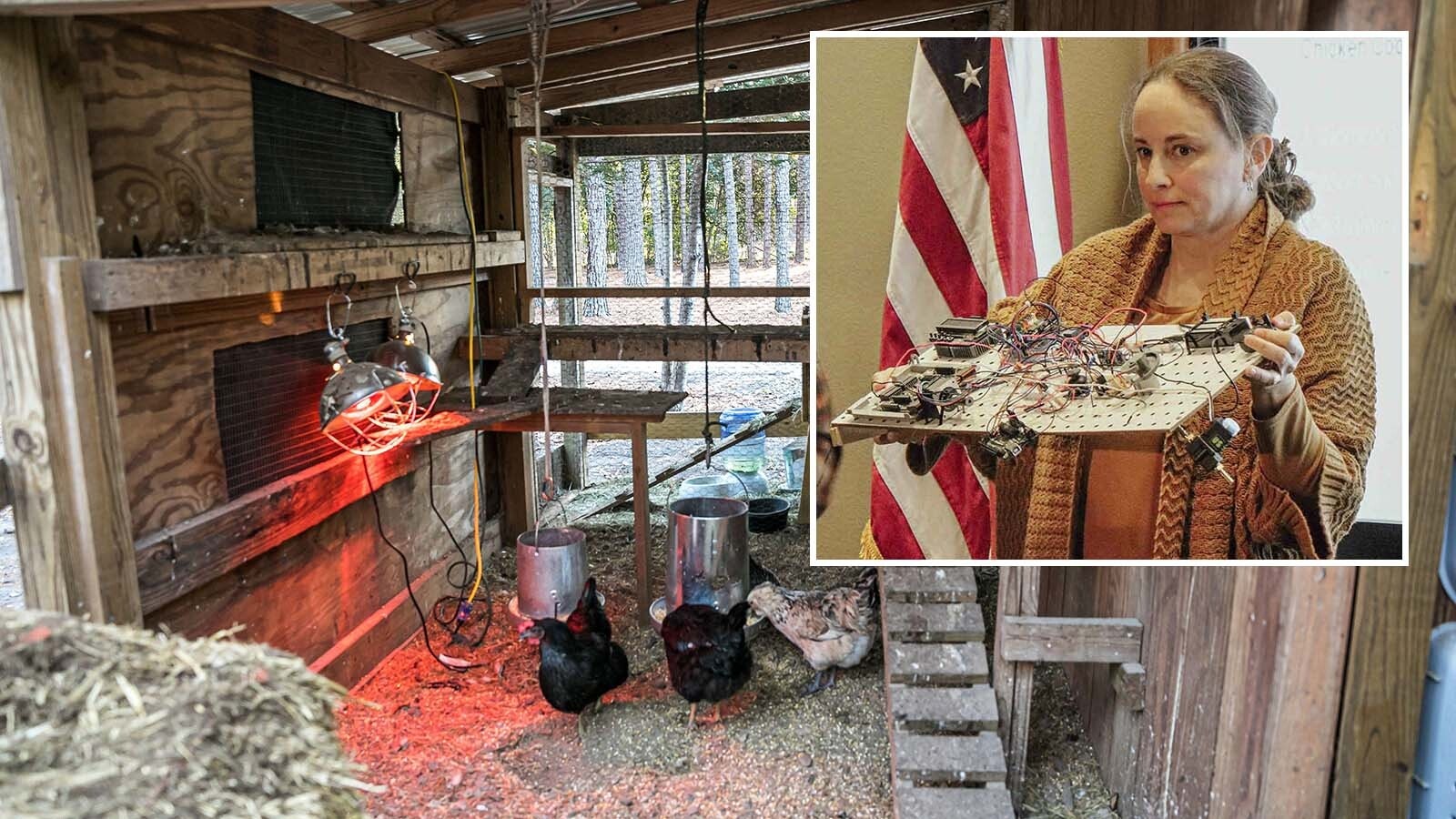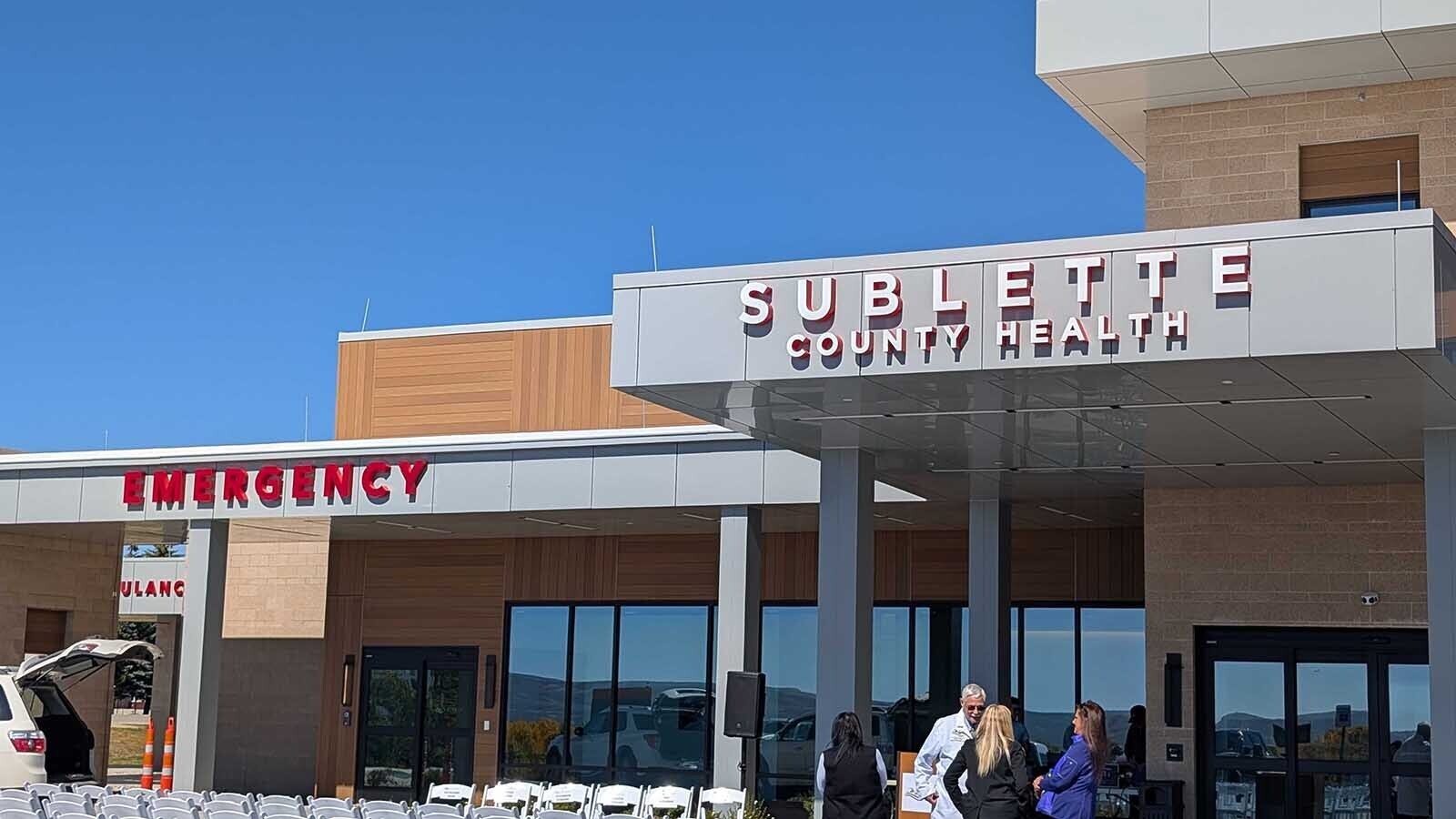By Renée Jean, Business and Tourism Reporter
renee@cowboystatedaily.com
The AM dial on the radio may not be going the distance in future cars now that many auto manufacturers have begun shifting to electric vehicles.
That’s because electric motors generate wavelengths similar in frequency to AM radios, interfering with reception of the AM band.
It’s a problem that will likely get worse over time as electric vehicles adopt larger motors while trying to meet consumer expectations for long-distance travels.
That has many auto manufacturers mulling the possibility of dropping the AM dial altogether.
Rural Impacts
That’s not good news for rural states like Wyoming, radio station owners told Cowboy State Daily. They believe it’s concerning from both a public safety and awareness standpoint.
“AM radio is still vital in many communities, particularly in Wyoming in the rural areas,” Sheridan Media’s Bob Grammens told Cowboy State Daily. “Not just in Wyoming, but just across, you know, the Midwest.”
AM stations provide many communities a “life link” to a variety of alerts, including weather and emergency situations in addition to a full slate of local news and sports, he said.
“Like today (in Sheridan) we’re having you know, we’ve got almost a foot of snow,” Grammens said. “And, you know, we’re keeping the roads updated, the road conditions. You just don’t get that with a lot of stations.”
Source Of News, Weather Info
Larry Patrick, managing partner of Legend Communications, which owns 24 stations in Wyoming, agrees that AM stations are vital to rural states like Wyoming.
“I know that AM listening overall is only about 20% on a national basis, but AM stations still provide the bulk of news, weather and information-type programming, talk programming and so forth, which is a big part of those towns,” he told Cowboy State Daily.
Patrick, who is a member of the National Association of Broadcasters, believes auto manufacturers can find ways to shield radio components so that electromagnetic interference is no longer an issue.
‘Full-Court Press’
Both he and Grammens also think the AM industry will need to put a “full-court press” on Congress about the issue.
“Middle to small market radio stations have just got to put the pressure on these manufacturers that it’s vital they keep (AM stations) not only for safety wise, but community wise,” Grammens said. “With the technology the way it is today, I’m sure there’s going to be someone who can figure out how to get around the interference. The technology is an amazing thing, and they just need to use it in (the AMs) favor.”
Congress Takes Note
In fact, U.S. Sen. Ed Markey, D-Massachusetts, has already taken an interest in the issue, writing a letter to 20 automakers asking them to keep free broadcast radio in future EV models.
“Despite innovations such as the smartphone and social media, AM/FM broadcast radio remains the most dependable, cost-free and accessible communications mechanism for public officials to communicate with the public during times of emergency,” he said. “As a result, any phase-out of broadcast AM radio could pose a significant communication problem during emergencies.”
Markey’s letter went out to BMW, Ford, General Motors, Honda Motor Co., Hyundai, Jaguar Land Rover, Kia, Lucid, Mazda, Mercedes-Benz, Mitsubishi, Nissan, Polestar, Rivian, Stellantis, Subaru, Tesla, Toyota, Volkswagen Group and Volvo.
He asks whether the companies have decided to discontinue either free AM or FM broadcast radio in any of their vehicles, and which makes, models, and years that will apply to.
If they’re not planning to discontinue AM or FM radio broadcasts, he asks what types of technology or strategies will be employed to prevent interference.
He also asks whether the companies plan to include free digital broadcast radio in vehicles as well.
Highway Safety
Wyoming has many signs along roadways, like Interstate 80 from Cheyenne to Jackson, that advise motorists to tune to an AM radio station for up-to-date weather information whenever the sign is flashing.
In recent times, Patrick said he’s seen those signs disappearing.
That could be because the Wyoming Department of Transportation has been adding new options for accessing road conditions, including a mobile app and a texting service called 511 Notify.
Wyoming Department of Transportation Public Affairs Officer Doug McGee told Cowboy State Daily that Wyoming DOT has done some surveys to try and tease out who is using the AM dial to get Highway Advisory Reports, and when they are doing that.
“Predominantly, the audience using those, as near as we could tell, are actually our older residents,” he said. “And they actually listen to those radios in their homes in order to make their decision about traveling, before they leave the house.”
That’s also a group of users who may be less comfortable using newer technologies like smartphones to get weather information.
“If you consider that the primary users of the Highway Advisory Radios on AM are using it from their homes, they would not be affected by whether vehicles had AM radios,” McGee said.
If the AM dial goes away, McGee said Wyoming DOT would encourage motorists to access the newer alternatives the state has set up, such as 511 Notify and its mobile app.
“We do have quite a few more modern options, should the AM option go away,” he said.
Digital Apps Not Foolproof
Digital apps can now play the AM radio on a smartphone, Patrick acknowledged, and there are even FM translators for the AM dial.
Getting road conditions via mobile app or text may in some instances be more convenient, particularly for younger users who are more familiar with such options.
But in states like Wyoming, there also are lots of places where telephone service is blocked by mountainous terrain or simply unavailable. Those programs would not be accessible in an emergency, where information might be needed immediately.
“In Wyoming, as big and beautiful as it is, it does not have connectivity in so many areas,” Patrick said. “I mean, drive from Evanston to Cheyenne or drive to Sheridan or up to Cody. I would guess half the time you don’t have a signal, and without a signal, you cannot connect to a cell tower.”
That means mobile apps and texts are unavailable to deliver critical emergency information, no matter how modern or convenient that would otherwise be.
“It’s a nice idea, and it may work if you’re just going to drive around town and want to be able to hear that station, but I don’t think that’s the solution,” he said.
Gammens expressed a similar concern with that concept.
“These people in EVs are going to be, they’re not going to know they’re driving into a blizzard,” he said. “They’ll have no idea what’s going on, because they’re going to be listening to their XM satellite radio station that’s going to give them no local weather, and road and travel conditions whatsoever.”





